Circa 2021
Mapping of the global potential of atmospheric water harvesting using solar energy shows that it could provide safely managed drinking water for a billion people worldwide based on climate suitability.
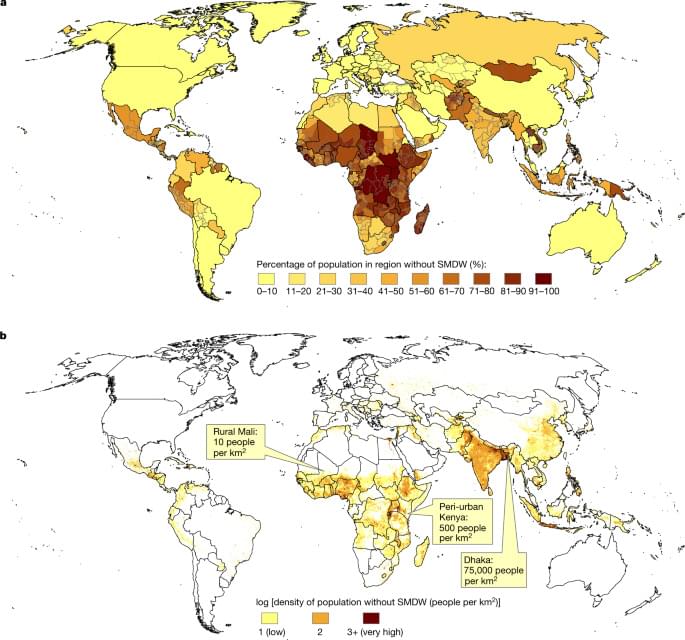

“They’re almost perfect,” she said.
Because the farms are not dependent upon the seasons they can acheive up to 10 crop cycles per year as opposed to 1 to 2 cycles in normal agriculture, producing up to 80 tons of food annually.
Because of this, one indoor acre is equivalent to 4–6 outdoor acres, Riffat says.
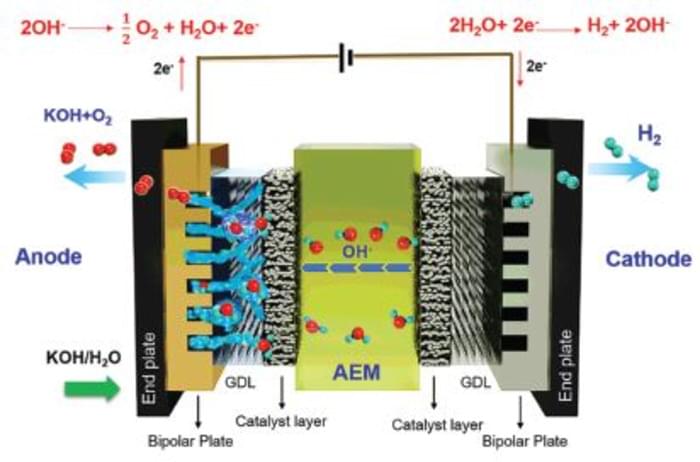
Electrolysis is a key component of the cost of green hydrogen, and a Korean team says it’s made a huge breakthrough with an anion exchange membrane that’s not only much cheaper than current proton exchange tech, but offers some 20 percent better performance.
Electrolysis is the process of splitting water into hydrogen and oxygen, and when powered by renewable energy, it’s shaping up to be a key step in the production of green hydrogen. Green hydrogen is set to play a substantial role in the race to zero emissions, offering a high energy density that makes it an attractive option in several hard-to-decarbonize activities where batteries just don’t make sense.
Typically, electrolyzers use proton exchange membranes (PEMs), in which an anode and a cathode in an electrolyte material are separated by a membrane designed to allow positively-charged hydrogen ions to pass through as they’re attracted by the cathode. Here they combine with electrons to form hydrogen gas, which is collected, and oxygen is released at the anode.

Chinese mobility manufacturer BYD has introduced its new “Type A” electric school bus to transport up to thirty US students at a time. Furthermore, the new zero-emission bus is ADA capable up to 800 lbs and can travel 140 miles on a single charge. What may be most appealing to school districts, however, is the vehicle-to-grid (V2G) capabilities BYD’s Type A school bus will provide.
BYD is an acronym for “Build Your Dreams,” a motto the Chinese automaker has followed since 1995 when it was founded. BYD Auto, the subsidiary of BYD Co. Ltd. will be celebrating its 20th anniversary next year, as it sits as one of the largest auto manufacturers in China. In 2021, BYD produced over 320,000 BEVs, second in the country only to SAIC.
In addition to manufacturing unique “blade” EV batteries, BYD Auto develops and manufactures electric cars, buses, trucks, bicycles, and even forklifts – under its own monicker as well as for other OEMs like Toyota.

While renewable energy sources like wind and solar have become more common across the United States, fossil fuels remain the main source of energy. According to the U.S. Information Administration’s (EIA) International Energy Outlook 2021 (IEO2021), the global supply of fossil fuels and biofuels is expected to adequately meet global demands for liquid fuel through 2050. Renewable energy technologies have improved to become more efficient and less costly, however most renewable energies are unable to provide a constant supply of energy.
This issue inspired Shriya Tailor, a middle school student from Duluth, Georgia, to find a constant renewable energy supply that created energy at all hours of the day and in any weather condition.
She looked to space for this solution, leading her to design a prototype for a “Solar Energy Station.” Shriya says the station, made of solar cells, would need to be around 50 miles away from earth for the energy waves to be transmitted back to earth via electromagnetic fields, then collected by an antenna and converted back to electricity. Consisting of a small solar panel, switching circuit, and transmitting and receiving coils, Shriya’s prototype allowed her to test her process here on earth.
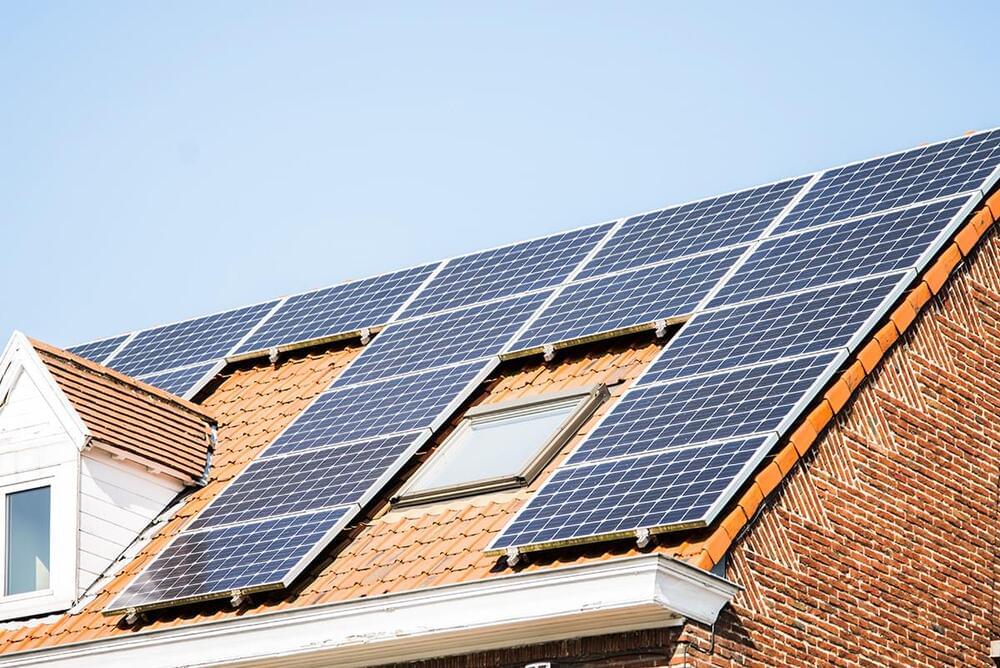
How do you power a super advanced alien civilization? Soak up a star.
We harness the power of the sun using solar panels. What if you were to scale this idea to astronomical proportions? Surround an entire star with solar-collecting structures or satellites to power your sprawling alien galactic empire. Such massive structures are known as megastructures—in this case a “Dyson sphere.” We are already trying to detect possible megastructures in space using the dimming of a star and the glow of megastructure components in infrared light. But recent research provides a new detection method—a Dyson sphere may cause its host star to swell and cool.

Power companies are having to come to terms with the high cost difference between maintaining poles and wires and installing hybrid power systems at the ends of the long power lines. And when the bushfires burn all the poles, then it makes the decision much easier.
Horizon Power is rolling out standalone off-grid solar and battery powered systems for 19 customers east of the town of Esperance. “Horizon Power first began offering certain remote regional customers the option to be powered by a custom built stand-alone solar and battery power system, or SPS, after bushfires destroyed more than 320 power poles and hundreds of kilometres of power lines in the region in November of 2015.”
At that time, only four landowners took up the offer. Now they expect to deliver more than 1,000 systems to farmers and remote indigenous communities. As part of the Western Australian government’s Recovery Plan, Horizon Power has received $46 million to provide 150 systems across regional Western Australia. Each system consists of solar panels, battery storage, and a backup diesel generator. Connection to HP’s service hub means that any faults can be diagnosed remotely. Service teams can be dispatched if needed.
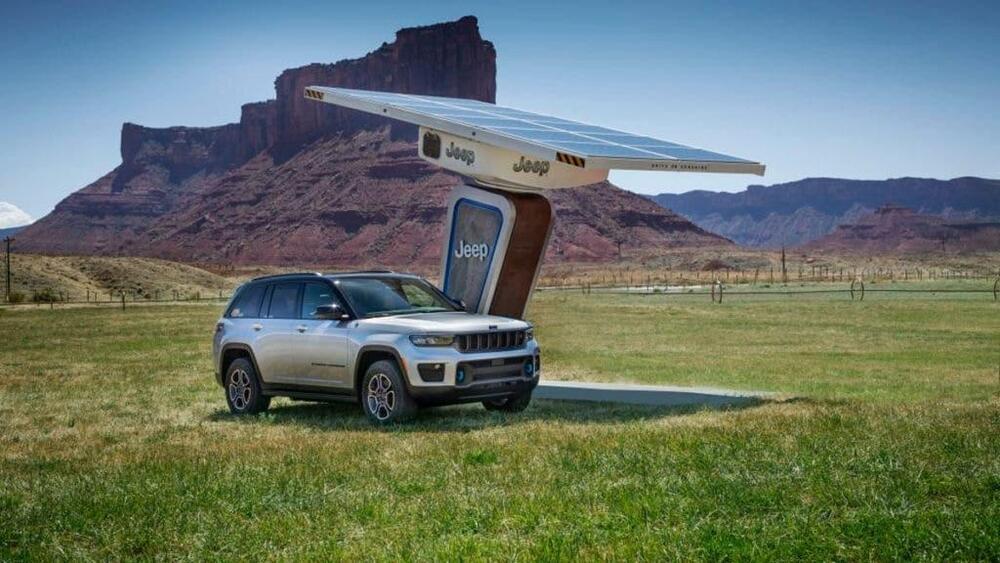
The Grand Cherokee 4xe plug-in hybrid goes on sale soon, with 4-wheel drive standard.
It’s good news, bad news time at the Jeep division of Stellantis, formerly FCA, formerly Daimler Chrysler, formerly Chrysler Corporation. The 4xe plug-in hybrid version of the popular Grand Cherokee will go on sale this spring. According to Autoblog, buyers will have 5 trim levels to choose from — base, Trailhawk, Overland, Summit, and Summit Reserve.
The Grand Cherokee 4xe Good News
Every Grand Cherokee 4xe will come with the same basic powertrain — a 2-liter, 4-cylinder, turbocharged gasoline engine, a pair of electric motors, a total system output of 375 horsepower (280 kW) and 470 pound-feet (637 NM) of torque, and a battery pack that operates on 400 volts. The 4xe models will have a towing capacity of 6,000 pounds and a battery-only range of 25 miles. If you drive less than 25 miles a day, you could drive your Grand Cherokee 4xe on its daily appointed rounds and never burn a drop of gasoline — in theory.
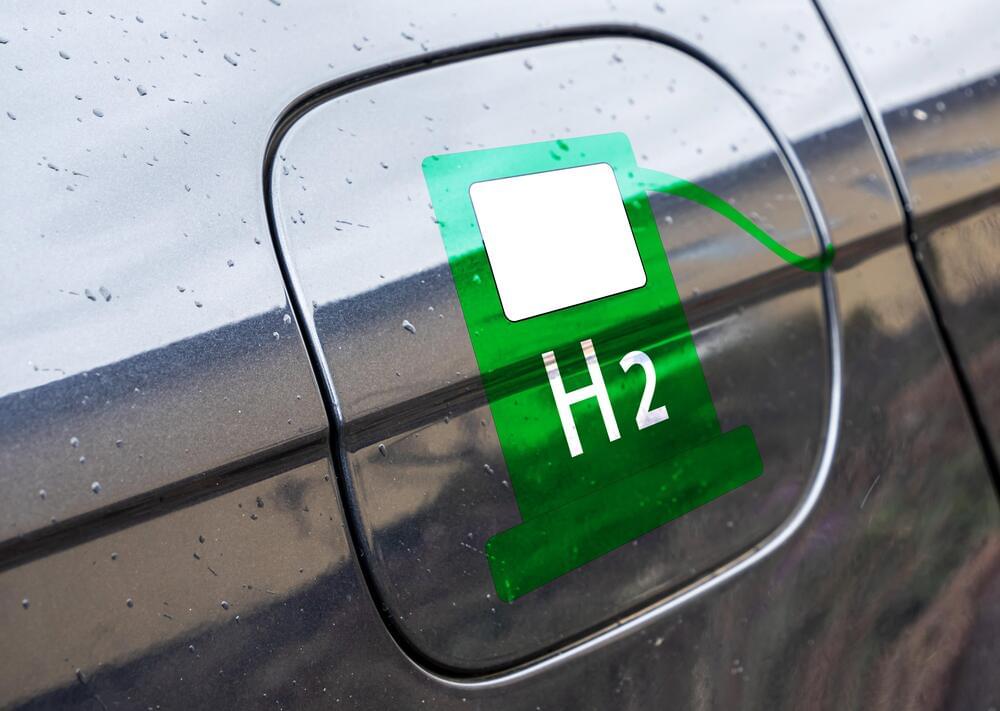
Hydrogen, which has a diverse range of applications and can be deployed in a wide range of industries, can be produced in a number of ways. One method includes using electrolysis, with an electric current splitting water into oxygen and hydrogen.
If the electricity used in this process comes from a renewable source such as wind or solar then some call it green or renewable hydrogen. The electrolyzer in Zhangjiakou will use onshore wind power, Shell said.
While there is excitement in some quarters about green hydrogen’s potential, the vast majority of hydrogen generation is currently based on fossil fuels.